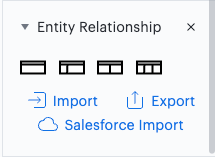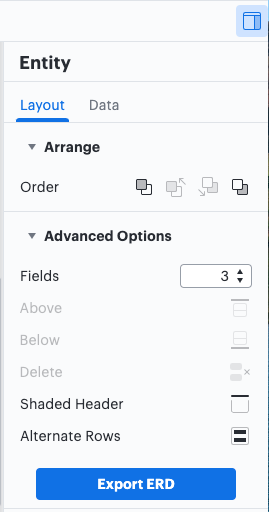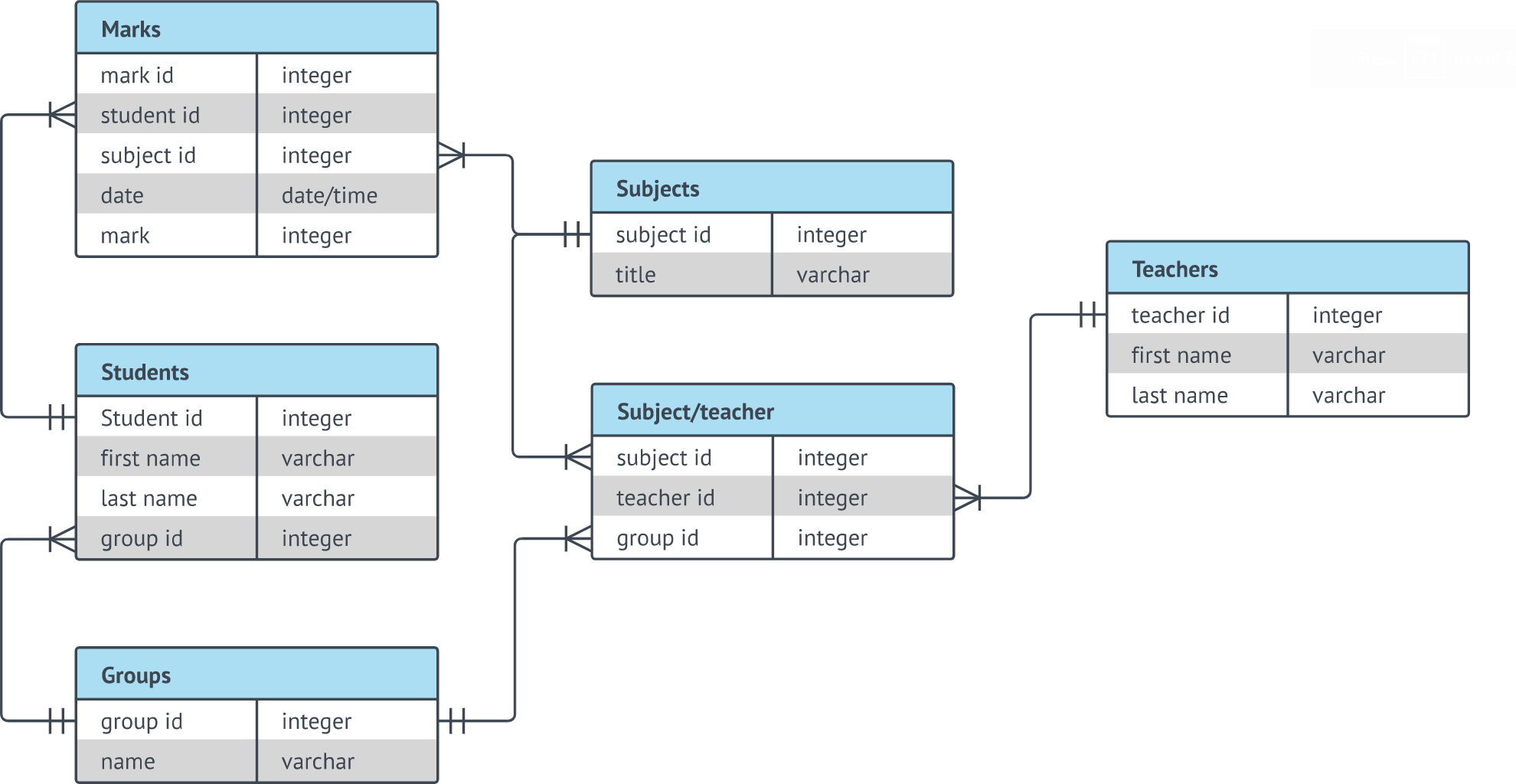Hello I need assistance with the export to SQL feature for my ERD. I saw this feature in a Lucidchart YouTube video and I've been looking for it but I can't seem to find it. When I open the shapes section the only option I am seeing under ERDs is "import" but no export. Was the feature removed or maybe I'm just not looking in the right place?
Export Lucidchart ERD to SQL
Best answer by Shanna H
Hey Anelia
The steps for exporting your ERD to SQL as outlined in the article Abby linked above are as follows:
Export your ERD to the DBMS of your choice (with the exception of connections between tables).
To export your entire page:
- In the Entity Relationship shape library found in the Toolbox click “Export.”
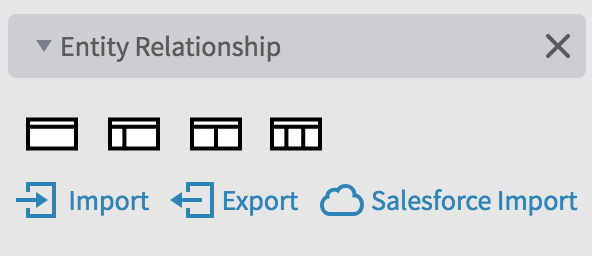
- A dialog will appear. Choose your DBMS from the menu. The text field below will produce the correct statement for the entire page.
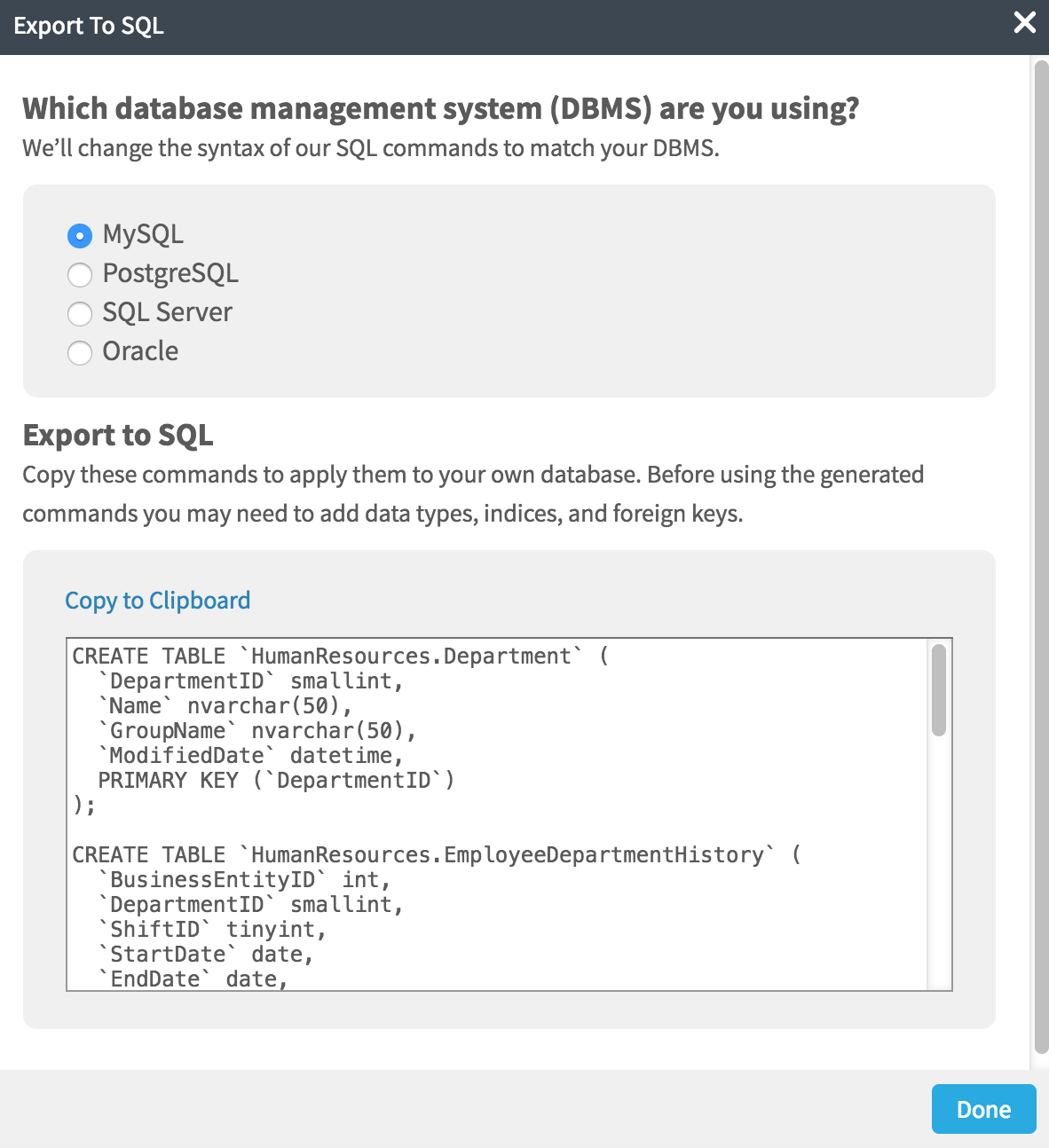
Hope this helps! If you have any additional questions feel free to post them below. Thanks!
Create an account in the community
A Lucid or airfocus account is required to interact with the Community, and your participation is subject to the Supplemental Lucid Community Terms. You may not participate in the Community if you are under 18. You will be redirected to the Lucid or airfocus app to log in.
Log in to the community
A Lucid or airfocus account is required to interact with the Community, and your participation is subject to the Supplemental Lucid Community Terms. You may not participate in the Community if you are under 18. You will be redirected to the Lucid or airfocus app to log in.
Log in with Lucid Log in with airfocus
Enter your E-mail address. We'll send you an e-mail with instructions to reset your password.

